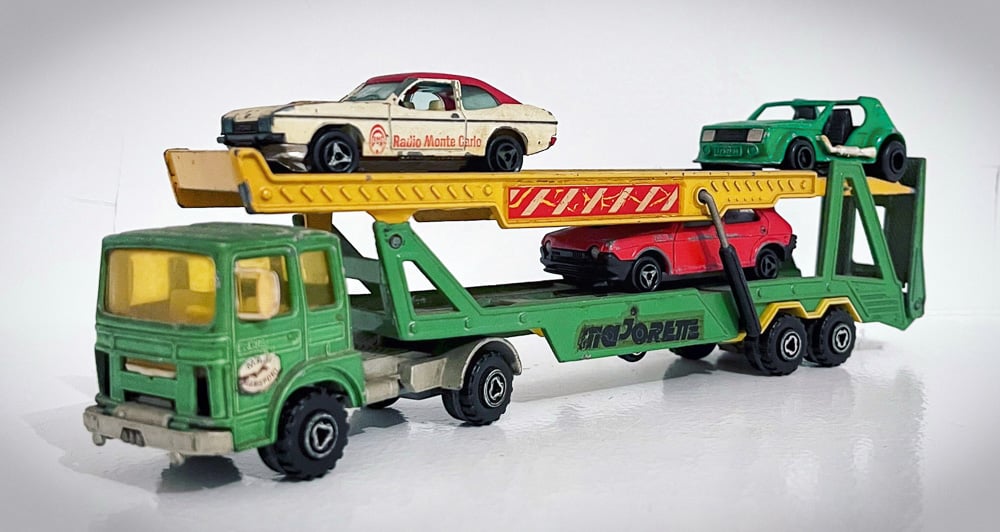
Over the last few years, more and more carmakers are making that bold jump to electrification. Despite the many benefits, prospective car buyers find it hard to convince themselves to bite the bullet and jump on the electric vehicle bandwagon.
I, for one, have always shied away from testing EVs. As I love trying test units extensively, driving range remains a huge issue. Sure, there’s a growing number of available chargers at more malls and petrol stations.

But finding an available slot is getting harder than ever. And for someone who’s renting his parking space, topping the battery up is just impossible.
So, as interesting and good as EVs are, it just doesn’t make much sense to me, so I didn’t bother trying them. This is probably the same mindset that’s making people steer clear of battery-electric cars.

Then, BMW Philippines invited the whole VISOR team to try its line of fully electric vehicles. I joined as this was a perfect opportunity to try these new-energy vehicles once and for all.
First, I was able to try the P4,990,000 iX3 compact crossover. I was made to drive it through varying road conditions. This included the hellish traffic along EDSA, the open expressway, and Lipa’s provincial roads.



Throughout the drive, I enjoyed the smooth but linear power delivery of BMW’s eDrive technology, whether crawling through gridlocks or stretching the vehicle’s legs on the expressway. During the drive, I had some fun behind the wheel, stabbing the throttle and feeling the powertrain’s instantaneous torque.
These vehicles proved I didn’t have to break laws to have fun on the road. Whenever the coast was clear, I had a huge grin from ear to ear.



All thanks to the 286hp and 400Nm of torque the electric motor provided. It was a spirited drive, yes. But it was also serene, thanks to almost nonexistent noise, vibration, and harshness.
The entire drive, I marveled at the great driving dynamics of the iX3. This is a testament that electrified vehicles can be ultimate driving machines, too.





When we got to the Mount Malarayat Golf and Country Club, the iX3’s fully digital instrument cluster revealed that the driving range had gone down by 100km. This was way more than the actual 84km trip we did.
This is understandable due to the bad traffic and the few times I had a little fun with the crossover on the highway.
After lunch and a photo shoot of the cars, we all headed back to Manila. This time, I was behind the wheel of the flagship iX.


The P6,290,000 EV was quite intimidating. The sheer size, its 326hp/630Nm electric motor, and all the electronics one could think of crammed in this huge, midsize crossover can be overwhelming.
During the drive home, I lost count of how many dumbfounded stares and thumbs-up I got—credit to the iX’s road presence and eye-catching exterior.
That theme continued inside, where the switches and the controls were quite different as if reminding me that I wasn’t driving an ordinary vehicle.



I tried my best to get back to Manila early, but all of my efforts were in vain as I got there in the thick of rush-hour traffic.
Here, the crossover’s various driver-assist features bleeped almost nonstop as lane-splitting motorcycles and cars darted to merge into my lane.
Thankfully, I had Harman Kardon infotainment systems on both the iX3 and the iX to keep my sanity intact.


I wasn’t complaining because, for some reason, I was charmed by these BMW BEVs. There was still a bit of range anxiety though, even when the drive computer on both cars said that I had more than 200km worth of range left.
I don’t know if it was because I was driving BMW’s EVs, but this proved that despite our lack of infrastructure and unique road conditions, new-energy vehicles can still be reliable runabouts, plenty good even for 170km out-of-town round trips.

I still believe hybrid-electric vehicles and their plug-in versions are the way forward. But unless new options pop out, it’s getting clearer that battery-electric vehicles will get a lot of attention—whether we like it or not.

The only thing we can do is hope that the powers-that-be start building the charging infrastructure that these vehicles will need.











Comments